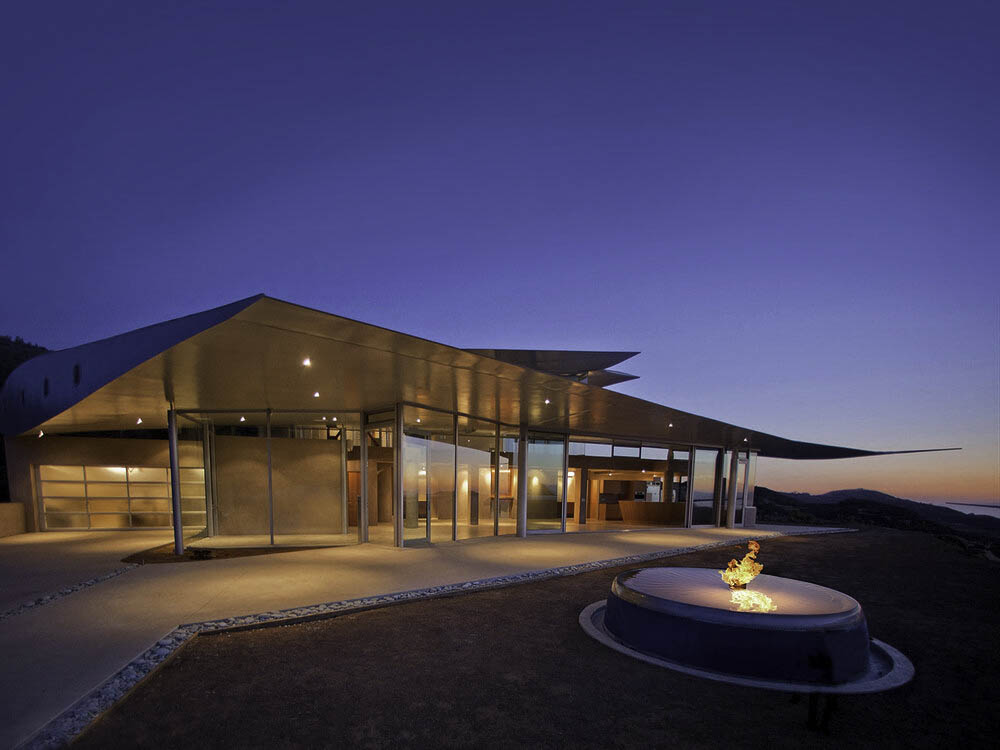Before entering the business architecture of Hospitals, this article recapitulates some basics about business Malibu architects, with a single reference to a previously published article.
Business architecture is concerned with the way a business (as offered by a company) is build-up. The idea is that in order to foster a business, an organization is to use resources.This can be organized for operational activities which have a behavioral or dynamic characteristic, but there are also resources that will be used to build and rebuild structures. Like, the structure of organizations which change often, or information systems to support a business process, and there are management systems — like a balanced score card — that have to be setup first before they can be used.
There are so many ways in which this can be done that, especially for more complex businesses — like that of a hospital — an overview is indispensable to make sure that the different parts support the same kind of goals and that the whole is more than the sum of the individual parts. Other differences are that some architectures are more open than others.
Business architecture is also about preventing to reinvent the wheel. There are so many businesses that are dealing with more or the less similar issues that one business could learn from another. These “patterns” are generic and solutions that are implemented in one sector can serve as an example for another.
Also in the area of sales management there are mechanisms that work irrespectively of the business environment it is used in; every organization is dealing with the challenge of teamwork.
Business architecture is also a means to learn from other organizations. There are universal trends which every organization has to deal with, but some types of organization have dealt with certain problem in a much earlier stage than others. Hotels are leaders in (client) hospitality, whereas hospitals have traditionally a product oriented approach. As this is changing these hospitals are wise to “cheat” on how hotels have dealt with similar problems. This leads to initiatives like “the five star hospital…”
Culture is somehow the fundament of business architecture, but this culture has its roots and these become obvious when analyzing the architecture. Corporate values can offer insight in the culture.
This is an introduction. It shows that business architecture follows the tangible assets of an organization in a continuous quest for innovation, change and improvements. Hospitals offer perhaps the best example of where business architecture is indispensable in managing the complexity.
And for those who wonder whether something as “business architecture” is only for business and organizational issues, ought to have a look at the last reference. That is where (business) architecture starts with (1).

More Stories
How Bronx No-Fault Doctors Prepare Medical Records for Court Evidence
Pain Management Options Offered by New York Car Accident Doctors
Safepal: Revolutionizing Cryptocurrency Security with Cutting-Edge Solutions